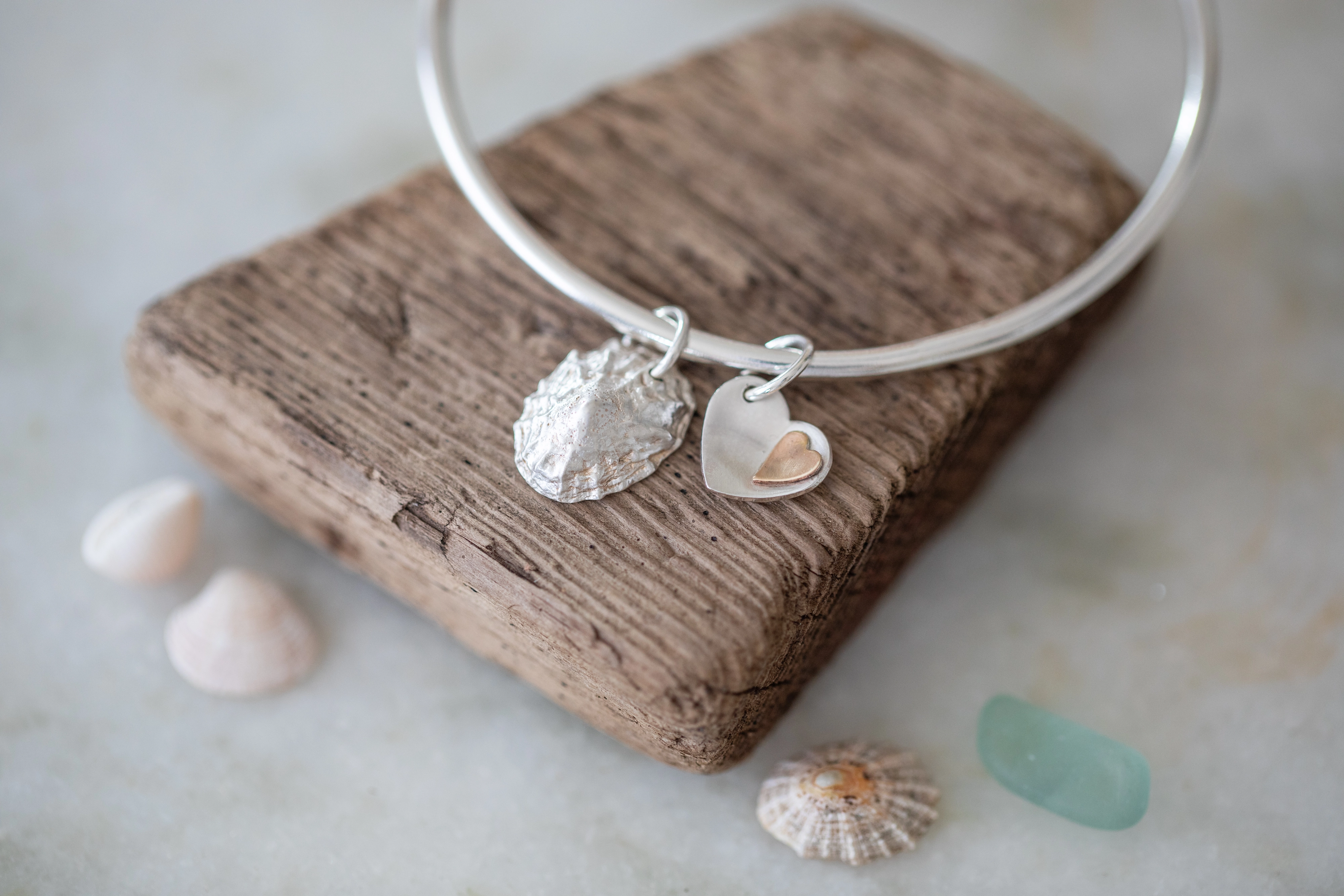Smugglers and Secrets
There’s something quietly secretive about the Norfolk coastline. Perhaps it’s the sea fret that drifts in without warning, or the winding creeks and saltmarshes that seem to guard their own stories. Maybe it’s the way the dunes rustle underfoot, as though they’re whispering tales of the past. It’s the kind of landscape that feels made for mystery – and, for centuries, it was.
As a child, I was drawn to the romance of smugglers—not the dangerous kind, but the storybook version, with flickering lanterns, barrels of brandy, and daring midnight missions oh and Enid Blyton and her Famous Five had a lot to do with that! That fascination hasn’t left me. Especially when I walk down Smugglers Lane in Old Hunstanton—a gravel path that winds past my once-dreamt-of house and leads down to the golf course and beyond to the dunes and the sea.
It’s a place where the past still lingers. You don’t just follow a path there—you step into a story.
Norfolk’s Secret Shoreline
In the 18th and early 19th centuries, smuggling along the Norfolk coast was rife. The long stretches of unpatrolled shoreline, creeks, and salt marshes provided the perfect hiding places for all sorts of contraband: tea, silk, brandy, lace, even perfumes and spices. The government imposed heavy taxes on imports, which meant huge profits for those willing to bend the rules—and take the risk.
Cley-next-the-Sea, Blakeney, Wells, and Old Hunstanton were all prime spots. Locals would often turn a blind eye, or even lend a helping hand in return for a cut of the goods. Whole communities could be in on it, from fishermen to innkeepers to the clergy. There are records of tunnels beneath pubs, false panels in cottages, and even hearses used to carry illicit goods inland. One tale from Wells tells of a coffin supposedly carrying a deceased sailor—only for it to be revealed later that the coffin was full of Dutch gin.
Jewellery in the Shadows
Among the more romanticised tales are those of jewellery being smuggled – tucked into coat linings, sewn into hems, or hidden inside lockets and trinket boxes. A strand of pearls could be worth a small fortune, and gold rings or silver bangles were easy enough to conceal.
Some smugglers even worked in partnership with goldsmiths and jewellers, moving raw materials in and out of the country. A box of lace might contain more than just fabric. A carved ivory box might hold a miniature painting—and behind it, a hidden compartment for a diamond.
It makes you look at antique jewellery in a different light, doesn’t it? As if it might have its own secret past.
The Inspiration Behind My New Beach Bangles
That sense of hidden stories and treasure waiting to be discovered is still very much at the heart of my beach bangles – but recently, they’ve had a little refresh. I’ve simplified and softened the designs, and in doing so, they’ve grown up a bit.
When I first made them, they were full of playful texture and movement – a reflection of the days I spent watching Small build sandcastles with sandy hands and feet and boundless imagination. These days, we walk and talk instead, and the bangles now echo that shift. They’re still inspired by shells you might find tucked into a secret drawer or velvet pouch – but now they feel more like quiet keepsakes than hidden treasure. A love token, perhaps. Or a memento of a day or a holiday, held close not for its sparkle, but for its story.
The bangles will be available here on my website from Monday 22nd July, and for one day only, I’m offering 10% off as a little treat for those who enjoy stories as much as silver.


